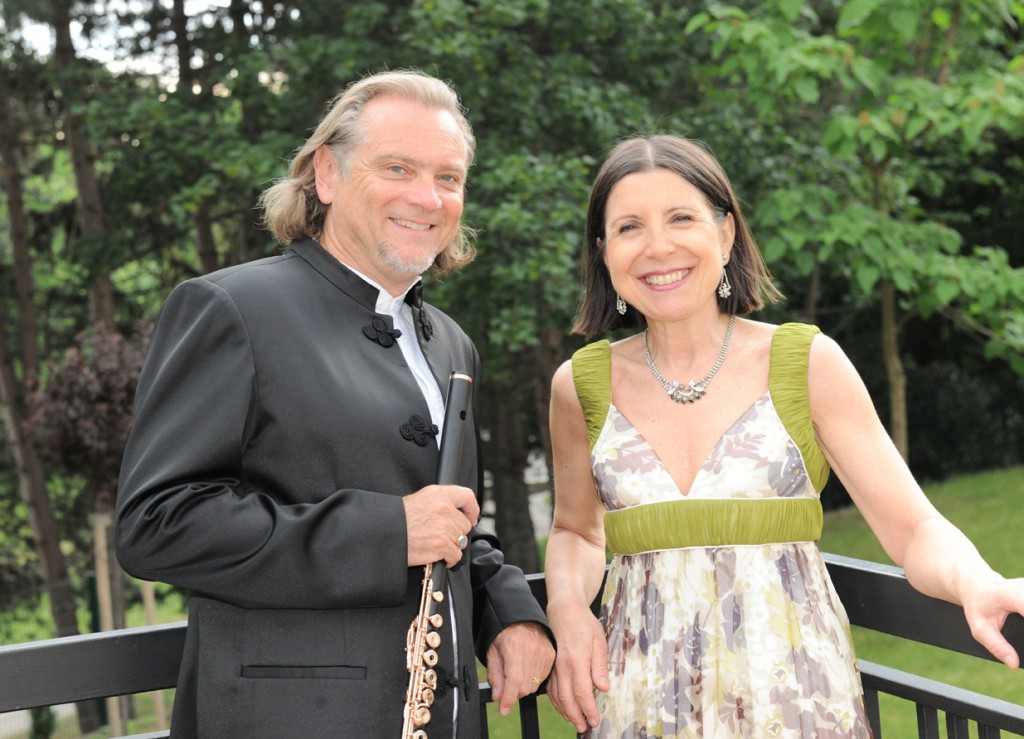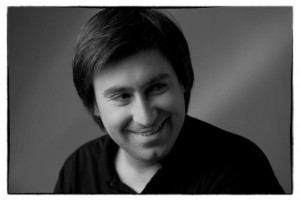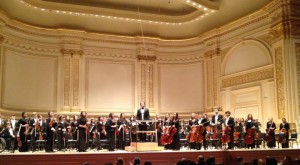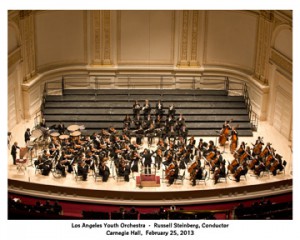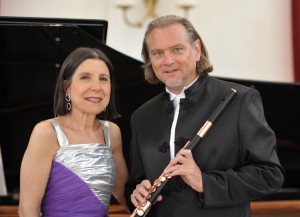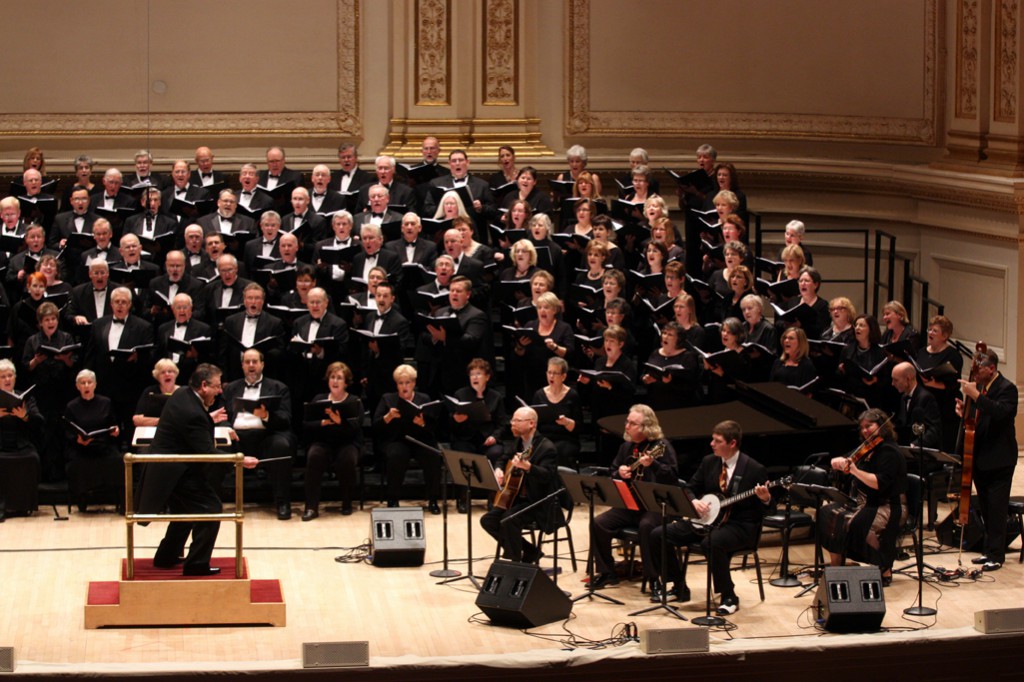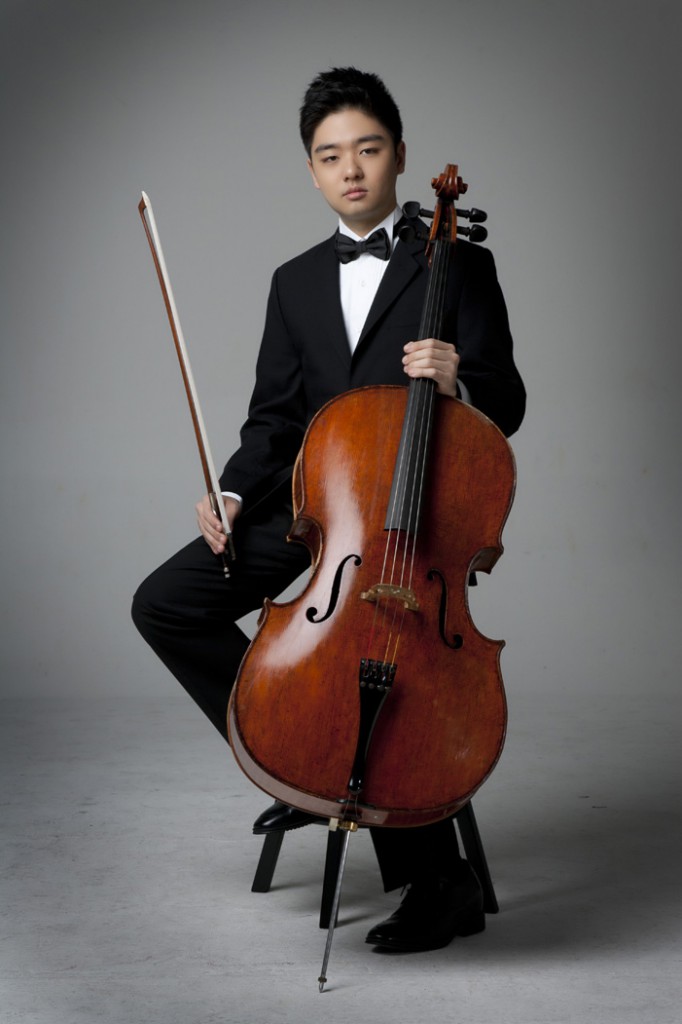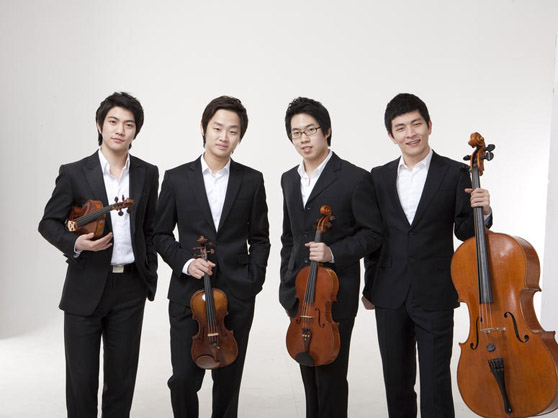Founded by violinist Julianne Klopotic, Light and Sound bills itself as a “full-spectrum music performance series.” From the experimental to the classic, with jazz/rock and world music in between, Light and Sound is in residence at the Old Stone House in Brooklyn for the 2013 season. The Old Stone House is a very intimate venue. The feeling is very much like the 19th century salon, with seating for a small audience in immediate proximity to the performers. The acoustics are remarkably good for a stone building constructed in the 17th century. The small but enthusiastic audience was treated to a performance of Franz Schubert’s Piano Trios by the Klopotic-Pierce-Zoering Trio.
These three performers each have extensive and impressive resumes as soloists. What always remains to be seen is the end result of joining such strong personalities as an ensemble. Sometimes it does occur that the whole is less than the sum of the parts, but I am pleased that this was not the case for this trio.
The first half was the Piano Trio No. 1 in B-flat Major, Op. 99 (D. 898). This work was started in 1827 and finished in 1828, the last year of Schubert’s life. From the opening notes of the Allegro Moderato, the trio took an assertive and confident direction with its strong, full-bodied sound. For a small venue, this was especially bold, declarative playing, led ably by the energetic pianist Pierce. It was highly satisfying. Klopotic has a very rich, singing tone that captured the optimistic essence of this movement. Zoering’s solo in the Andante poco mosso was played with artistry. There were some rough edges at the end of this movement, but it did not spoil the overall effect. The Rondo finale was played with gusto to the last.
The performers are to be commended on their level of concentration considering the less-than-exemplary behavior on the part of some listeners. Several of the audience members were recording the performance with their mobile phones held in the air facing the performers, while one very enthusiastic listener “conducted” by waving her arms a la Leonard Bernstein throughout the entire work, at a distance of maybe three or four feet from Klopotic. Perhaps one should be grateful for the fact that she actually kept an accurate beat!
The second half was dedicated to the nearly hour long Piano Trio No. 2 in E-flat major, Op. 100 (D. 929). This work, completed in November 1827, was one of the few late works that Schubert actually heard played in his lifetime. The second movement theme is well known for its prominent use in the movie Barry Lyndon; so much so that the association is as strong as the use of Mozart’s Andante movement of K. 467 is to the movie Elvira Madigan. The thematic material in this trio is extensively developed and requires tremendous attention to detail. The trio mostly met the challenge, continuing their bold approach in the opening Allegro. It was extroverted playing from completely involved players. The sublime Andante con moto was met with nodding heads and smiles from the audience, who no doubt felt the pleasure in recognition of the theme. The Scherzando was played with care but also some small issues of ensemble- -fleeting in the grand scheme of things. The Allegro Moderato finale proved the players indefatigable, with a tremendous drive that built in intensity, to the delight of the same audience members so moved by the finale of the B-flat trio. After the final E-flat chord sounded, there was a moment of silence, after which the bemused Pierce called out, “That’s it!” The audience responded with a loud, prolonged standing ovation that surely was gratifying to the trio. It was a fitting end to an excellent concert. They encored this program on April 6, 2013 at the same venue.
The Klopotic-Pierce-Zoering trio is a fine ensemble. I do hope to have the opportunity to hear them again in the future.

